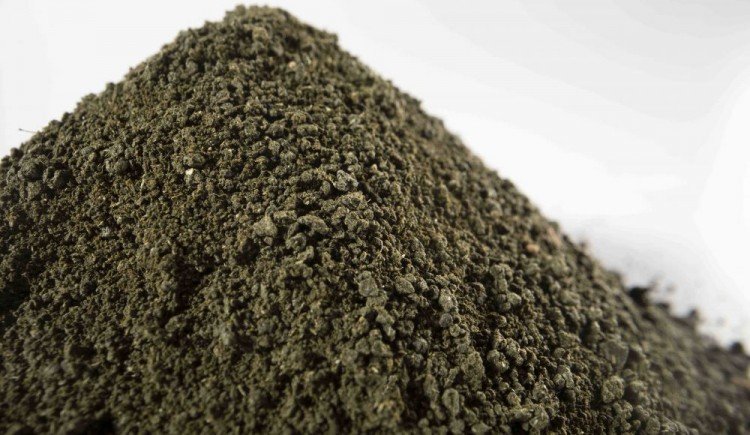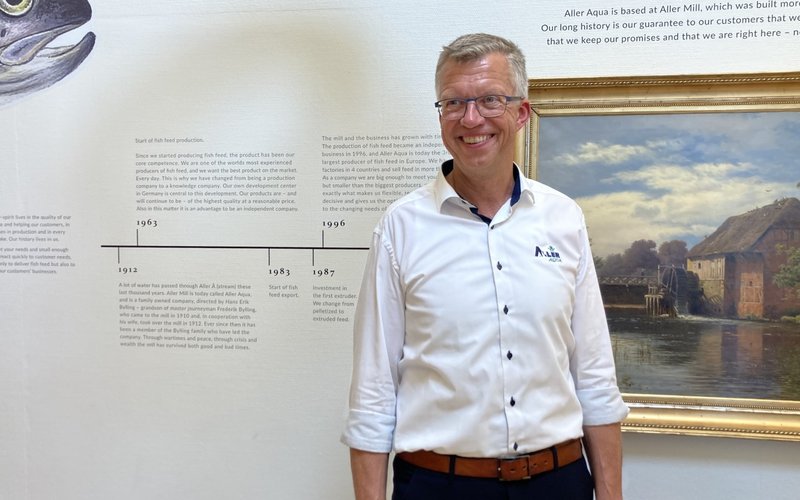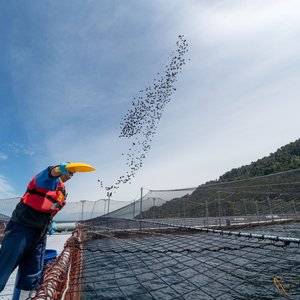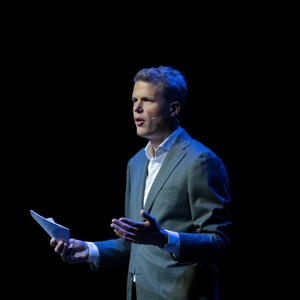While grass is the main part of a dairy cow’s diet, feeding grass to fish doesn’t seem to be that conventional. Yet, when you remove the starch and fibers, you end up with a high protein ingredient. Danish company Aller Aqua has been testing the grass protein concentrate and the first outcomes look promising. Aquafeed.com talked to Henrik T. Halken, group vice president of the company, about the practical implementation of this new green protein source.
Testing new ingredients
Aller Aqua, a family-owned company, has seven fish feed production facilities around the world and seen annual growth of 14% since 2015. “Since 2006, the company has been fully focused on the production of fish feed, with a strong focus on sustainability and looking for alternative high-protein fish feed ingredients. We are fortunate to have a state-of-the-art research center in Germany where we can test new ingredients for palatability, digestibility, growth, health and filet quality, and study how this influences the carbon footprint of aquafeed,” Halken explains. Aller Aqua research opened its doors in 2014 and has several recirculating aquaculture systems (RAS), adaptable to different environmental conditions. Partnership with universities and access to modern laboratories for a variety of analytical methods complete the set-up of the research station.
Carbon impact of aquafeed
“Fish is a source of protein low in CO2 output, compared to some other animal proteins. But there is still room for improvement to reduce carbon impact. Analysis showed us that in aquafeed, raw materials contribute the most to carbon impact (85%), compared to feed processing in our factories (5%) and transporting the raw materials to the feed mill and the end product to the clients (10%). Focusing on more sustainable feed ingredients can therefore have a big impact,” Halken said. Earlier carbon impact calculations with the company’s feed formulations showed that >30% of CO2 equivalent can be reduced, in some feed types if South American soy is exchanged by EU soy.
“This is why Aller Aqua made the decision in 2019 to stop using South American soy in our European produced fish feed and only use locally produced (EU) soy instead. This is challenging, considering that only 8% of all soy consumed in the EU is actually produced in the EU. We, therefore, have to look for other high protein sources for fish, such as grass protein concentrate,” Halken explained.
Testing grass protein concentrate
Aller Aqua has recently finished feeding trials in rainbow trout, with grass protein concentrate, produced by the company BioRefine (based in Janderup, Denmark). The grass protein concentrate is produced from 3,000 ha of organic alfalfa and clover grass pasture in Denmark, 80km from Aller Aqua’s headquarters in Denmark. The incentive for BioRefine to start producing the local (organic) grass protein concentrate was the challenge and logistic hassle to purchase organic protein sources, which are mainly sourced from China. The grass protein concentrate has an estimated protein concentration of about 45% in crude protein in the dry matter. The amino acid composition is similar to the content in soy protein.
Halken is positive about the trial results. “The studies showed us that it is a good product. But with any other new ingredient, you have to critically look at possible (unwanted) natural pigmentation of the fish meat. This means that some new ingredients are better for certain fish species or certain applications. Because the grass protein concentrate is organic, we have therefore decided to implement it first in small amounts in our organic fish feed line. This will happen soon. It is great to have an organic protein source in the palm of our hands. In addition, we have found a way to handle the pigmentation issue.”
In the meantime, BioRefine is fine-tuning and optimizing the grass protein concentrate and will soon release the final nutritional specifications. “Once we know the final specs and it is uploaded to nutritional databases will also allow for carbon impact calculations of this new protein source,” Halken explained.

Grass protein concentrate has an estimated protein concentration of about 45% in crude protein in the dry matter. Photo credits: BioRefine.
CO2 labeling of fish feed
Next to grass protein, Halken sees potential in other raw materials to reduce the carbon impact of fish feed. “In our German factory, we process 80,000 MT of yellow peas into highly concentrated pea protein per year. This raw material is a very good alternative for fishmeal. Some of it is sold to other animal feed and pet food companies,” he explained. Pea protein has a very high protein content (75%), even higher than a Scandinavian sourced fishmeal (71% protein) and a very similar amino acid profile to fishmeal. Only DL-methionine is lacking, but this can be easily implemented as a feed additive. Also, insect meal is on the list, as well as algae oil (as a replacement for fish oil).
Halken addresses that “sustainability is a core part of what we do and something we have worked with for a long time at Aller Aqua”. Recently, the company became the first fish feed company to label their feeds with their respective CO2 equivalents, recognized by the PEFCR Feed for food-producing animals. “This was greatly appreciated by the market and client feedback has shown that knowledge about the carbon footprint of fish feed is of great interest for all stakeholders along the value chain”, Halken explained. All feeds from Aller Aqua’s factories in Denmark, Poland and Germany will display CO2 equivalents on data sheets and labels, except organic feed for now. Feeds from other factories will follow at a later date. “It is not unthinkable that CO2 labeling on packaging will become common practice in the near future. Looking for local new protein sources for our future fish diets is an essential part of reducing the carbon impact of our sector. Although grass protein concentrate (and some other new protein sources) are not yet produced on a very large scale, you have to invest in it and take the first steps to make fish feeds greener in the future”, Halken concluded.













